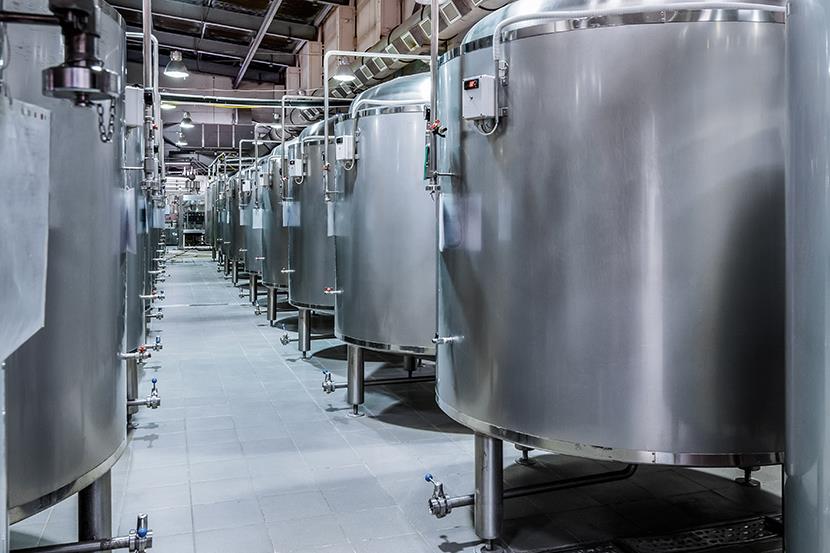A Shield Against Chemical Attack and Biofilm Buildup
Teflon™ fluoropolymers offer a nearly universal chemical resistance. They produce a smooth, low-surface energy layer that resists biofilm buildup and facilitates their use in many applications within the food/beverage, chemical processing, and semiconductor manufacturing industries.
How Teflon™ Fluoropolymers Help
With extremely low extractables and reactivity, plus high purity, Teflon™ fluoropolymers meet a wide range of regulatory and industry requirements.
Teflon™ fluoropolymers do not contain additives that could compromise flavor or contaminate products. The inertness of fluoropolymers ensures that the products they coat don't absorb diluted solutions of common food preservatives like benzoic acid.
Surfaces of Teflon™ fluoropolymers resist the onset of biological films. They are not easily wetted and have smooth surfaces, unlike electropolished 10RA stainless steel, which can have pits that harbor bacteria.
Certain grades of Teflon™ fluoropolymers comply with regional food contact regulations, such as the U.S. Federal Food and Drug Administration’s (FDA) Regulation 21 CFR 177.1550.
Biofilm Removal, Percent, in Virtually Quiescent Dilute Sodium Hypochlorite
As reported by the BioProcess Technical Institute, University of Minnesota¹
|
Commercial Substrate |
K. pneumonia, % |
S. choleraesuis, % |
E. coli, % |
|
Stainless Steel (elec. polished) |
67 |
25 |
56 |
|
Polypropylene |
67 |
75 |
75 |
|
Borosilicate Glass |
89 |
0 |
0 |
|
Silicone-Coated Glass |
89 |
89 |
78 |
|
Polyvinylidene Fluoride |
89 |
89 |
89 |
|
Teflon™ PFA |
99 |
99 |
98 |
Source: BioProcess Technical Institute, University of Minnesota
Contact angles in degrees with water show that Teflon™ PFA product is far less wettable than stainless steel or glass.
Source: Blackman, Tassi, Metcalfe
Profile of the inside surface of pipe coated with Teflon™ PFA.
Electropolished (10RA) stainless steel—which is more wettable by aqueous media than Teflon™ coatings—may have pits that harbor biofilm.





